Chronic inflammation is the root cause behind many, if not most, diseases. So adding more anti-inflammatory foods to your diet is critical. Not only for your bones but everywhere in your body!
To gather the top anti-inflammatory foods list, we asked 8 nutrition experts the following question:
“What food(s) do you recommend to combat inflammation?”
Some answers you may be familiar with. But a few may surprise you. Discover the best anti-inflammatory foods, according to experts…
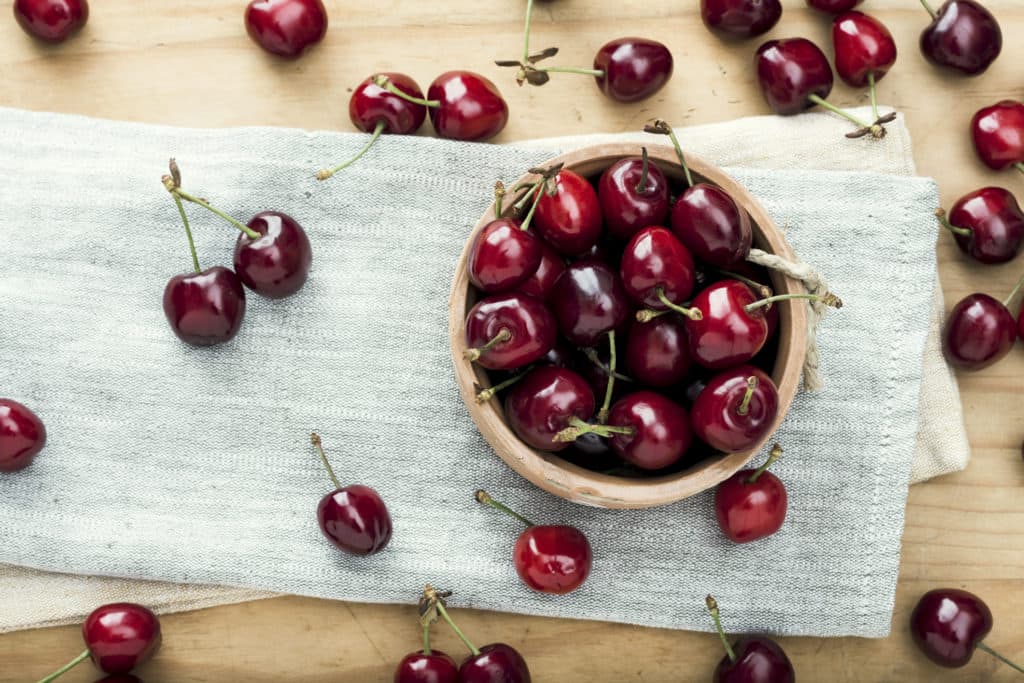
Christal Sczebel, C.H.N., R.M.T.
Christal is the owner & Nutritionist, Nutritionist in the Kitch Pure & Simple Nutritional Consulting.
She is a Certified Holistic Nutritional Consultant (C.H.N.C.), Registered Massage Therapist (R.M.T.), and educated in Personal Fitness Training
1. Quercetin-Rich Foods
There are many foods that help to combat inflammation in the body but I especially love to recommend foods rich in Quercetin, a naturally occurring flavonoid antioxidant that has been shown to lower inflammation in the body and help with arthritic conditions, gout, heart disease and allergies. The foods that are high in Quercetin and provide this inflammation-combatting compound in good amounts are apples, cherries, cranberries, and plums! Here is a great anti-inflammatory cherry chia overnight oats recipe.
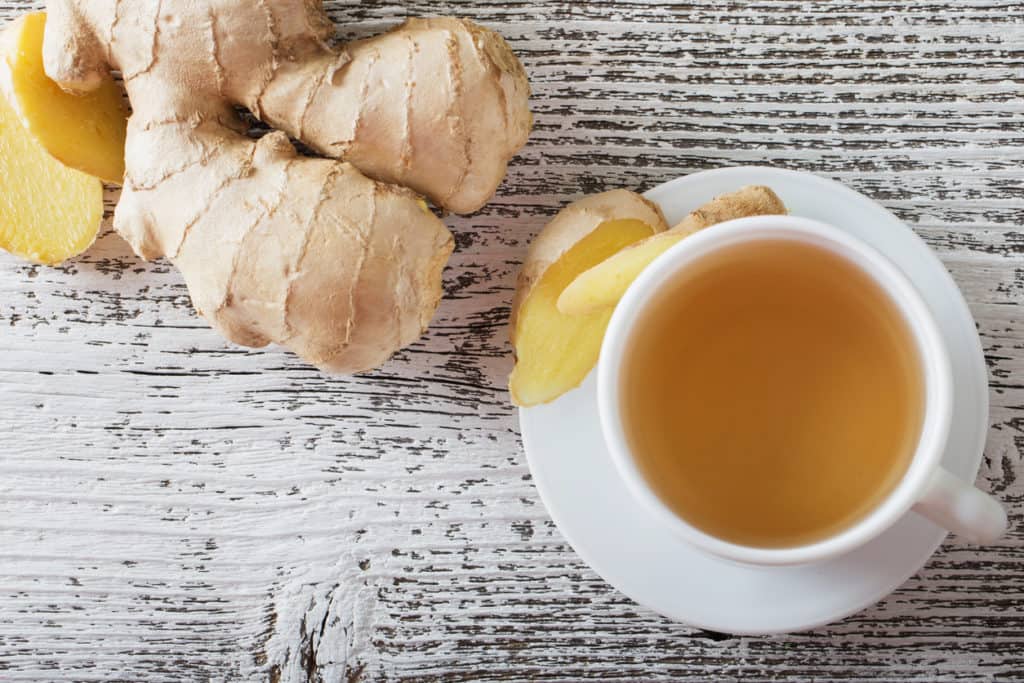
Stacy E. Davis, NCCAOM (Acupuncturist).
Stacy completed her Master’s of Science in Oriental Medicine in 2007 and maintains her NCCAOM certification as well as her licensure through the state of New Mexico.
A Wyoming native, Dr. Stacy Davis has practiced acupuncture for 10 years.
2. Foods That Are “Cooling”
Inflammation is “heat” in Chinese medicine, so food therapy includes foods that are “cooling”, usually chosen by the location and symptoms. There are a few general anti-inflammatory foods, such as ginger and turmeric, which have been in the spotlight lately. My patients aren’t surprised when I recommend them, but they are surprised when I mention cabbage. Cabbage benefits the respiratory and digestive systems and improves gut bacteria. It is also good for the skin when eaten or used as a poultice (applied to the body). Cabbage contains sulfur, iodine, vitamin C, E, and calcium. Chinese or Napa cabbage has less sulfur and is more cooling than the round headed cabbage.
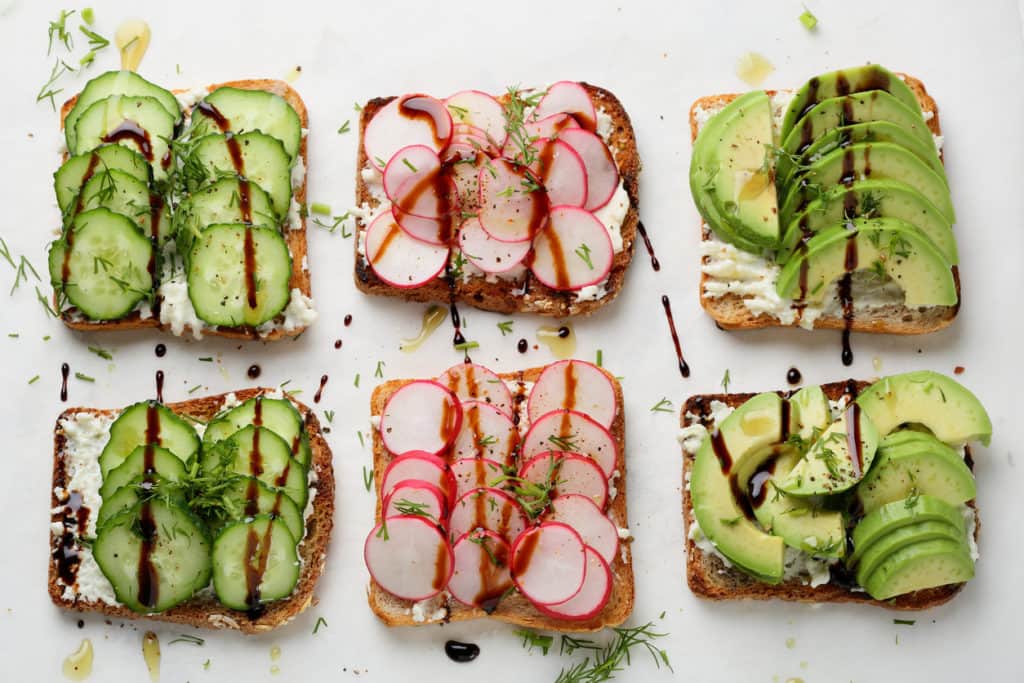
Kelly O. Schmidt, R.D.N., L.D.N.
Fueled by passion and driven by greatness, Kelly educates and empowers her clients to reach their best health.
Kelly has been featured in Men’s Health, SELF, Glamour and more!
3. Blood Sugar Stabilizers
I recommend healthy anti-inflammatory foods, which help stabilize blood sugars, including healthy fats ranging from wild salmon, grass-fed butter, olive oil, avocados, and to also avoid common food allergens like wheat, soy, corn, peanuts and pasteurized dairy and additionally GMOs.
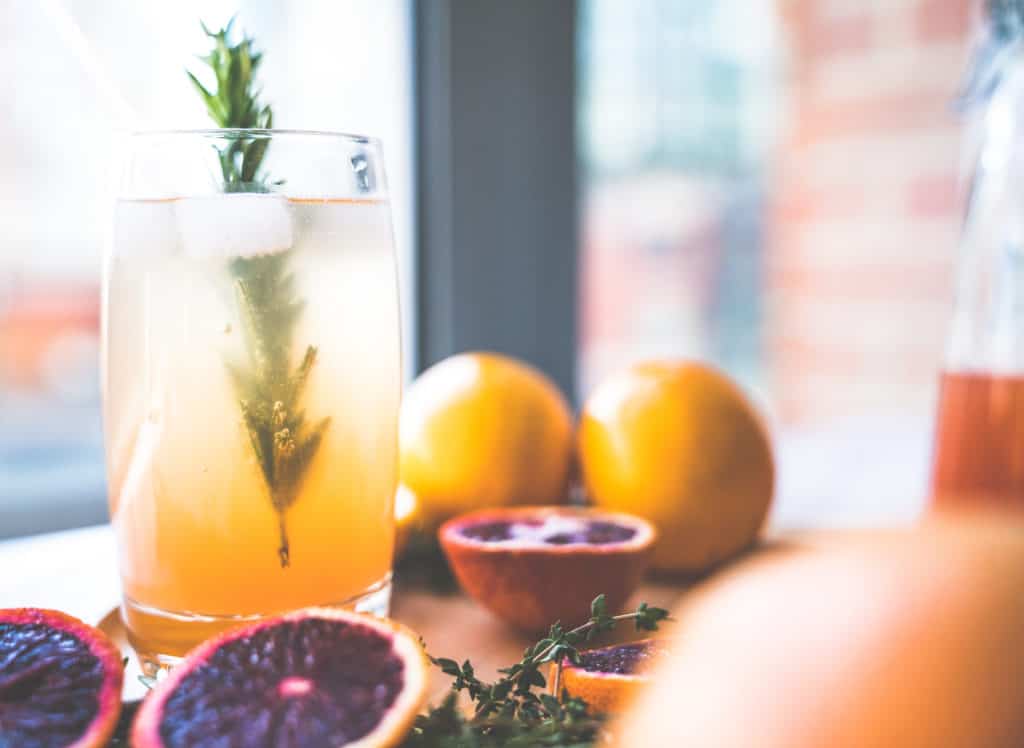
Dr. John La Puma, M.D. F.A.C.P.
Dr. La Puma has led clinical trials of nutritional interventions designed to improve obesity, hypertension, osteoarthritis, insomnia and diabetes, and pioneered culinary medicine.
His mission is to help you get measurably healthier with what you eat and how you live.
4. Powerful Spices
To combat the inflammation of osteoarthritis, spices (gram for gram) are among the most powerful and best studied: and the top ones are cloves, ginger (which I incorporate in my Ginger Chicken Salad), rosemary, and turmeric.
Inflammation underlies heart disease, hardening of the arteries, and autoimmune disease, in addition to joint and muscle problems. Most well known, of course, is arthritis, which is literally inflammation of the joint.
Antioxidants are one way in which fruits, vegetables, herb and spice plants in nature protect themselves. Anti-inflammatories—like aspirin and ibuprofen—can be needed when oxidation gets out of hand. In fact, inflammation and oxidation are a continuum: one leads to another. For example, when you skin your knee, you get a reddened area that swells and hurts (inflammation), which then browns over (oxidation). So, inflammation and oxidation can be normal, on the outside of your body, as it is exposed to air.
Your body needs foods to fight oxidation and inflammation inside your aging body. On the inside, it is just like rusting—your arteries, your joints, your brain, your vision, your muscles. Oxidation and abnormal internal inflammation are primary causes of many diseases of aging, such as cancer, heart disease, Alzheimer’s disease, and Parkinson’s disease. Stiff arteries, cataracts, joint and muscle pain, and memory loss are the result.
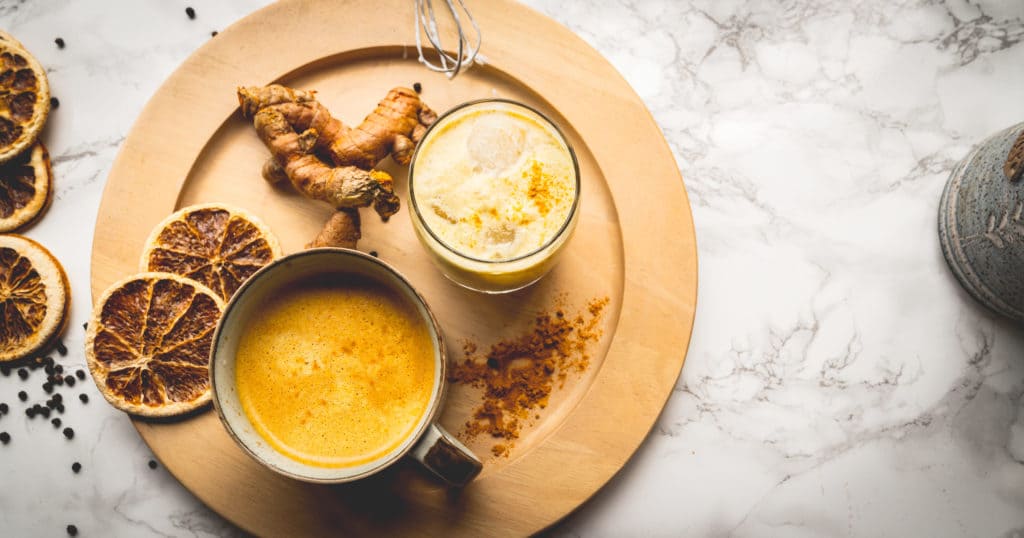
Jesse Lane Lee, BSc, CNP.
Jesse is a cheerful Holistic Nutritionist, cookbook author, and media personality who loves to share delicious healthy recipes.
5. Turmeric Curcumin
One of the best spices for battling inflammation is turmeric. Turmeric is a vibrant orange root that has peppery, warm, and bitter flavors. It is best known for its extraordinary anti-inflammatory properties and has been used in Chinese and Indian medicine for centuries. The bright yellow/orange pigment of turmeric called curcumin has been shown to be comparable to potent drugs such as hydrocortisone and over-the-counter anti-inflammatory drugs. Check out my recipe for Carrot Salad with Creamy Turmeric Sauce or my Mango Turmeric Smoothie.
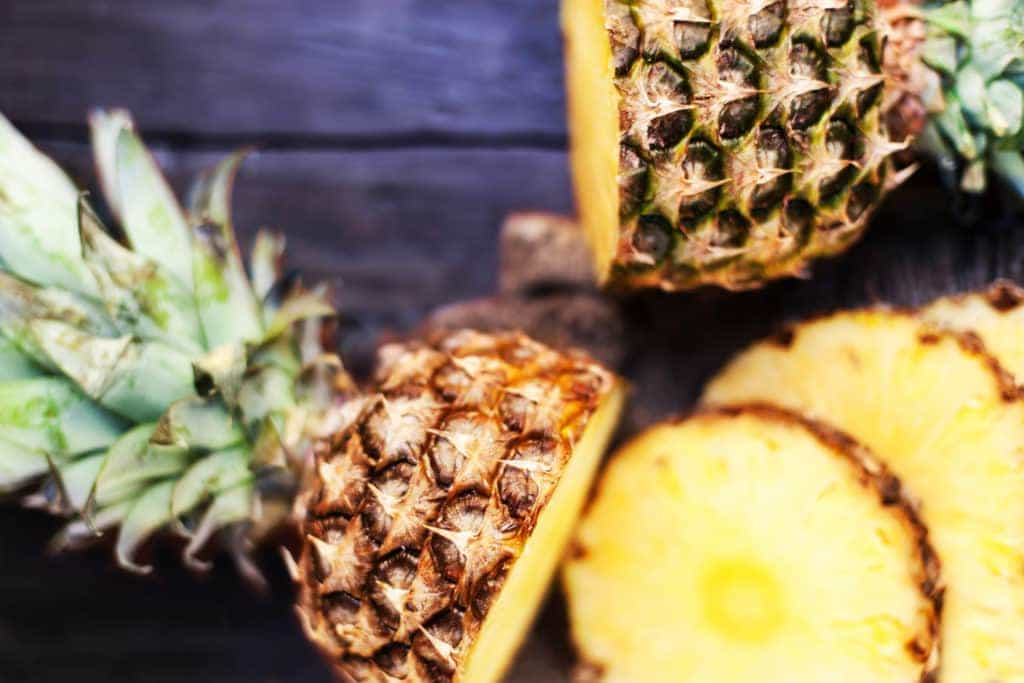

Karman Meyer, R.D., L.D.N.
Karman is a Nashville-based Registered Dietitian/Nutritionist and healthy living blogger sharing recipes & nutrition tips at TheNutritionAdventure.com.
6. Foods Containing Bromelain
Pineapple naturally reduces inflammation because it contains the enzyme, bromelain. Pretty cool! Pineapple is also high in vitamin C so it’s great for the immune system and the skin. Eating fresh pineapple definitely beats taking anti-inflammatory drugs! If you struggle with cutting fresh pineapple, check out my video.
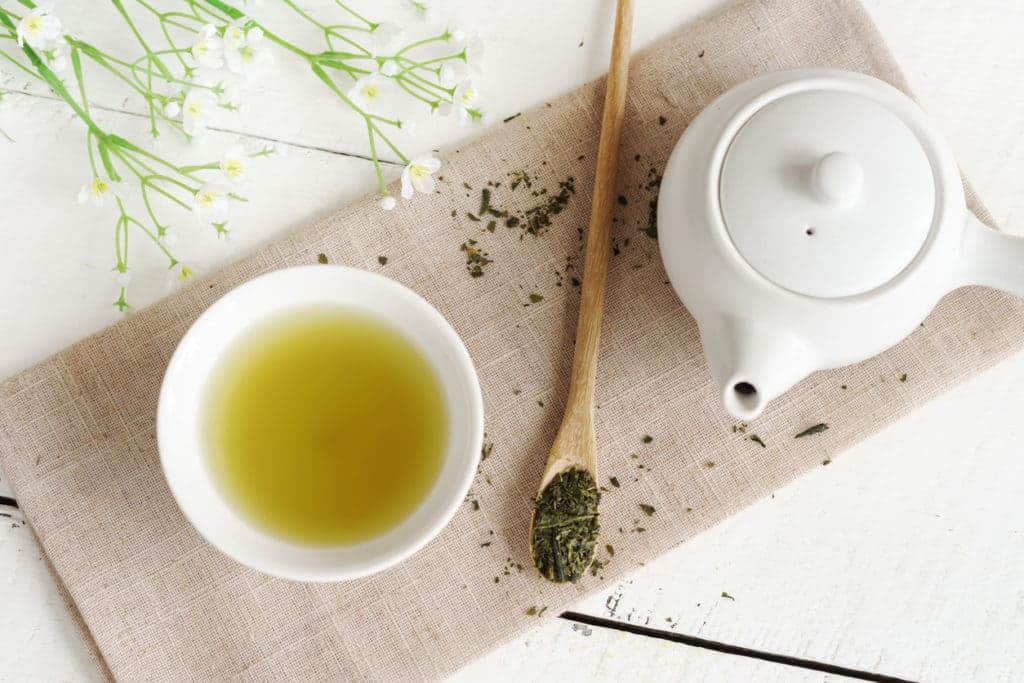

Vicki Shanta Retelny, R.D.N.
Vicki is a national lifestyle nutrition expert, author, speaker and culinary consultant in Chicago.
She blogs at Simple Cravings. Real Food.
7. Polyphenols
Green tea contains anti-inflammatory properties, too. With a diverse mixture of polyphenols inherent in the leaves of Camellia Sinensis plant, green tea polyphenols have been found to counteract inflammation-induced bone loss. Plus, the symptoms of rheumatoid arthritis, an inflammatory bone and joint disorder, improved with EGCG, the active polyphenol in green tea. Just as green tea can help with inflammation for heart health, it can also positively impact inflammatory disease that affect the bones. Research has shown that there is an interaction between heart disease, such as atherosclerosis, and bone loss due to chronic inflammation causing low bone mineral density and development of plaque in the arteries of the heart, also. Green tea polyphenols have been shown to decrease inflammation, therefore keeping the heart and bones healthy.
Aim for at least 3 cups or more of tea per day — and steep for at least 3 – 4 minutes to get some bone healthy polyphenols.
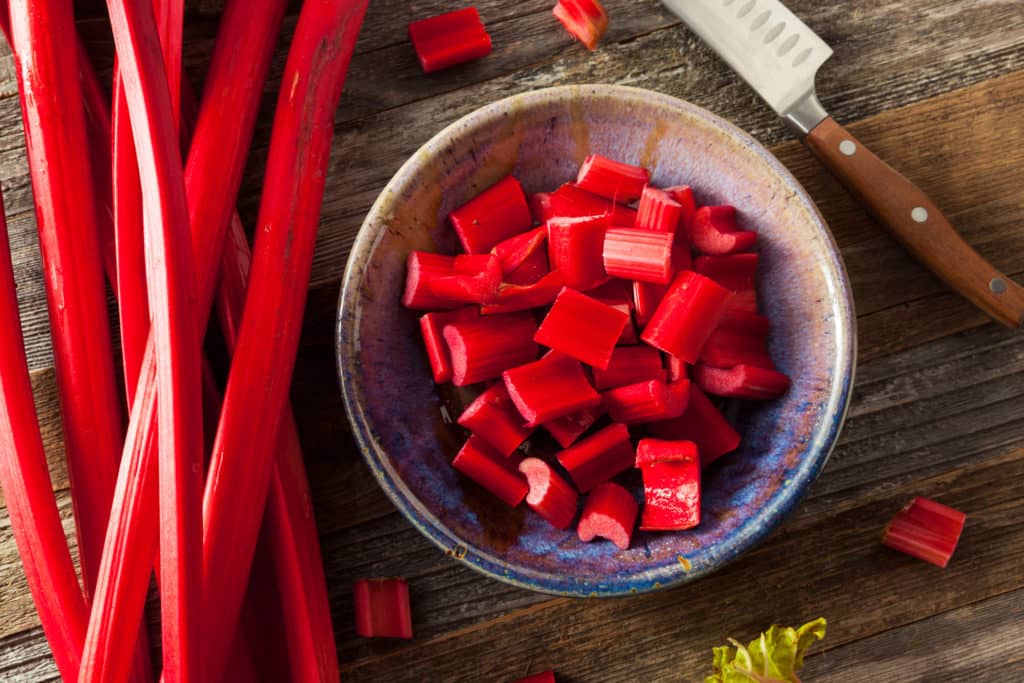
Dr. Blessing Anyatonwu D.C., M.S.
Dr. Blessing is the founder of Earnest Holistic Health a nutritional consulting practice that focuses on helping clients get to the root of their digestive issues so they can improve their energy, losing weight and have clearer skin.
8. Fiber-Rich Foods
I recommend plant based foods that are high in fiber. Fiber rich foods are minimally processed and are full of anti-inflammatory compounds and antioxidants that help reduce inflammation in the body.
Rhubarb is a vegetable that is also classified as a fruit and it packs a punch in regards to it anti-inflammatory and antioxidant properties.
The only edible part of the plant is the stalk and it is often paired with its sweeter fruit counterparts or added to pies and desserts.
Rhubarb is full of fiber, vitamin K, vitamin C, vitamin A, B vitamins and minerals like calcium, potassium, and phosphorus. Did you know that just one cup of cooked rhubarb has as much calcium as a glass of milk? Check out these rhubarb recipes here.
What Do YOU Eat To Combat Inflammation?
Did our expert panel give you some new anti-inflammatory foods to try? Are there any you’re already eating regularly? Let us know in the comments below!
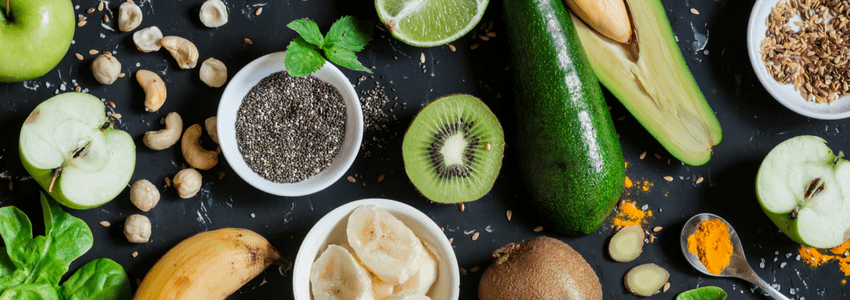










Gloria Roren
January 27, 2020 , 4:26 pmGreat info!